Push for luxury tourism, raise the hotel tax, then roll out discounts to attract visitors, good lord.
Hawai‘i’s tourism leaders have launched a $6 million emergency marketing campaign to help stabilize Maui’s visitor economy—just weeks after a new hotel tax hike was approved.
The timing has me scratching my head. Is the right hand not aware of the left? Or is this a chess move?
On one hand, Governor Josh Green’s administration and the Hawai‘i Tourism Authority (HTA) are championing a move toward high-value, lower-impact tourism (code for rich people)—evident in the newly approved hotel tax aimed at curbing over-tourism and attracting more affluent visitors.
On the other, the Maui Emergency Marketing Campaign, funded by HTA and led by the Hawai‘i Visitors and Convention Bureau (HVCB), is designed to rapidly stimulate demand to Maui, where visitor arrivals are still lagging by 21% compared to pre-pandemic levels.
As detailed in this recent article, Hawai‘i is signaling a shift away from volume-driven tourism. But that pivot comes at a moment when Maui’s tourism economy urgently needs reinvigoration.
Maui’s Fragile Visitor Economy
Visitor arrivals to Maui remain well below normal, nearly a year after the devastating Lahaina wildfires. This prolonged downturn has affected not just West Maui but the broader economic web across the Valley Isle—and by extension, the state as a whole.
Small businesses, tour operators, hospitality workers, and service providers continue to feel the strain of fewer bookings and slower recovery. As one of Hawai‘i’s largest economic engines, the health of Maui’s tourism sector has significant implications for jobs, state revenue, and long-term stability.
The new campaign—expected to influence travel behavior from summer 2025 through the end of next year—aims to reverse that trend.

What the $6M Emergency Campaign Includes
Spearheaded by HVCB and supported by a wide range of industry partners, the campaign includes:
National Wholesaler Program: Aggressive promotion of Hawai‘i vacation packages prioritizing Maui through partnerships with top travel brands like ALG/Apple Vacations, Classic Vacations, Costco Travel, Delta Vacations, Expedia, and Pleasant Holidays.
Targeted Media Campaigns: Destination-focused marketing through earned and paid media, social media, and public relations designed to rebuild Maui’s visibility and traveler confidence.
Maui Nui Kākou Multi-Market Initiative: A multi-brand collaboration involving hotels, airlines, and Nexstar Media. Highlights include a national “Maui Week” campaign across 15 key U.S. markets.
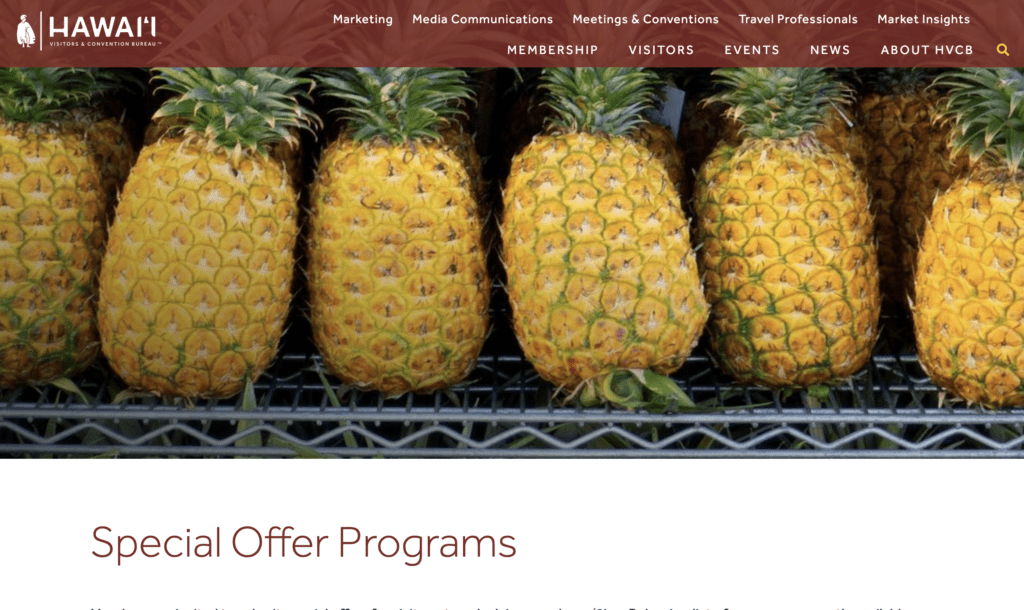
Hawai‘i Special Offers Program: Weak Discounts Undermine Recovery Messaging
The Special Offers page for Maui presents a small collection of promotions, most of which are routine discounts lacking the value or creativity needed to drive meaningful traveler interest. Two notable examples illustrate this shortfall:
- The Aston at the Maui Banyan is offering a 20% discount on room rates—before taxes—with bookings required by July 9, 2025, for travel between May 20 and December 20, 2025.
- The Westin Maui Resort & Spa promotes a “Book 4 Nights and the 4th is on Us” deal. While framed as a value-added perk, it essentially amounts to a 25% discount—distributed across a mandatory four-night stay.
While these promotions offer some savings, they fall short of being compelling, especially when considered alongside the state’s recent hotel tax increase. Instead of incentivizing new demand, these discounts seem to merely neutralize the added cost burden on travelers—making them feel like break-even offers rather than reasons to book a trip.
Restrictive Terms Further Limit Value
Even for travelers who might be enticed by these modest savings, the terms and conditions dilute their usefulness. The Westin Maui’s offer, for instance, is valid only for those booking four nights or more—a restriction that may not align with many travelers’ schedules. Add in blackout dates, limited availability, and long booking windows, and the “special” nature of the deal quickly fades.
In a highly competitive travel market, restrictive promos like these risk alienating potential visitors who expect simplicity and flexibility. For an island trying to regain traveler confidence, these offers feel unnecessarily complicated and underwhelming.

Sparse Participation Undermines Program’s Intent
A broader concern lies in the overall execution of the program. The HVCB’s Special Offer Programs membership page currently lists only two active offers—neither of which apply to Maui. For a program that’s been touted as a pillar of Maui’s emergency recovery effort, this level of participation is disappointing and indicative of a larger issue: lack of alignment between promotional strategy and actual market support.
If the goal is to rebuild tourism while supporting local businesses, the program needs a stronger foundation—both in the diversity of offers and in their perceived value. As it stands, the Special Offers Program appears disconnected from the scale and urgency of the recovery it claims to support.
According to Dr. Aaron J. Salā, president and CEO of HVCB, “With urgency and clear intention, we are working to deliver meaningful results for Maui’s families and local businesses. This campaign is an important initial step in addressing an immediate need.”
Takeaway: A New Phase for Hawai‘i Tourism
The recent leadership shakeup at the Hawai‘i Tourism Authority, including the appointment of interim president and CEO Caroline Anderson, adds to the ambiguity. With leadership in flux and ongoing debates over HTA’s structure, funding, and role, the future of tourism governance in Hawai‘i is anything but settled. These competing signals—a push for higher-value visitors, followed by widespread promotional discounts—suggest that the state’s long-term strategy is still evolving, if not outright conflicted.
The question now is whether Hawai‘i is truly moving toward a more sustainable, community-centered tourism model—or simply improvising amid mounting pressure. Is this campaign part of a broader vision, or a stopgap effort launched in the absence of clear direction?
Success will not be measured solely by an uptick in arrivals. It will depend on how well the state can shape the quality of those visits, incorporate meaningful community input, and ensure that Maui’s recovery does not undermine the cultural and environmental values that have long made the islands special.
For now, Hawai‘i’s tourism strategy appears to be at a crossroads—steering toward intentional stewardship in rhetoric, but still navigating choppy waters without a firmly held course.





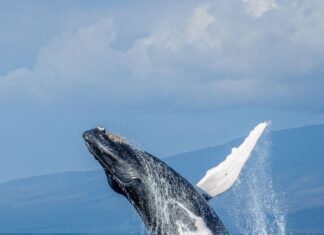
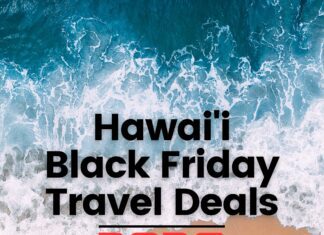
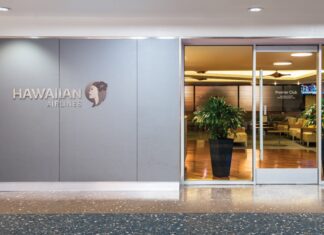
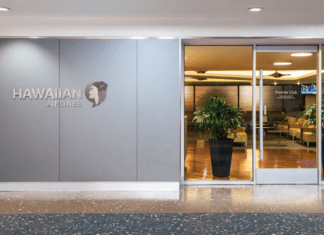
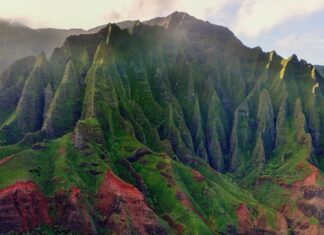

They deserve nothing. I’m all for letting them seceed.